How to Write a Children’s Book: The Dos and Don’ts and Everything in Between
If you’ve ever wondered how to write a children’s book, then you might have thought it would be an easy task—after all, we were all children ourselves once, right? But the trouble with adults is we often forget what it’s like to be a child.
J. M. Barrie, author of the famous children’s novel Peter and Wendy, demonstrates the difference between children and adults: children believe, and adults learn to doubt. In order to write a book for children, a writer must try to remember what it’s like to believe. That’s the first step. Afterward, we’re here to help!
In this article, we offer insight into the different types of children’s books, tips on how to approach writing for children, a detailed step-by-step guide on how to turn your idea into a published work, and a list of mistakes to avoid during that process.
So you want to know how to write and publish a children’s book? Let’s get to it!
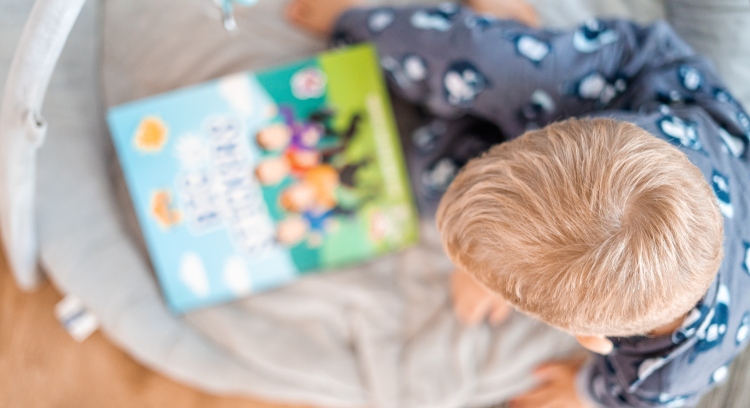
Types of Children’s Books
Children’s literature covers everything from ages 0 to 18. The children’s book industry typically divides this wide age range into smaller ones, and offers six main types of children’s books, each one catering to a specific age group. In order to give you an overview of the market and what’s out there, let’s start with a breakdown of the different categories.
1. Board Books
Board books are small books for small hands, which makes them the perfect gift for infants. They are designed to be suitable for babies by having rounded corners, thick cardboard pages to resist wear and tear, and are usually of a 6 x 6 inch format.
- Reader Age Group: 0 to 3 years
- Topics: Board books tend to be educational, with very simple plots (if any) and basic vocabulary. They can be used to introduce children to colors, numbers, animals, shapes, etc.
- Length: Standard board books are usually a maximum of 20 pages or about 300 words.
- Design: Illustrations outweigh the text in board books. They rely on bright and colorful pictures to attract the attention of the youngest readers in the children’s book market.
- Examples:
- Counting on the Earth, illustrated by Ekaterina Trukhan
- Forever My Baby, written by Kate Lockwood; illustrated by Jacqueline East
2. Picture Books
Think of picture books as the next step up from board books; they still rely heavily on illustrations, but they have more text and their inside pages are not restricted to paperboard but can be made of paper instead. Moreover, they usually have a storyline rather than just abstract topics or random facts.
- Reader Age Group: 3 to 6 years
- Topics: The plot in picture books is still very basic, so topics can vary as long as they are easy to grasp. There is also usually the main character for readers to follow (often a child or an animal).
- Length: The number of pages can range from 8 to 48 pages, but the standard length is 32 pages, with a maximum word count of 900 words.
- Design: Illustrations are still vital for picture books, and it’s standard to have one for each page. The format is slightly larger than board books: typically 8 x 10 or 8 x 8 inches. Picture books also come in different orientations: vertical (like typical books), horizontal, or square (like board books).
- Examples:
- Pete the Cat and His Four Groovy Buttons, by James Dean; illustrated by Eric Litwin
- Stella: The Shark Who Loves Treasure, by Sarah Cullen and Carmen Ellis; illustrated by Zuzana Svobodova
3. Early Readers
Also known as Easy Readers, these books are for children who can read basic text, but who can’t read well enough to jump into longer books. Publishers tend to categorize their easy readers into series and levels of difficulty, making it easier for parents to know where to start.
- Reader Age Group: 6 to 8 years.
- Topics: Early readers cover topics that are relevant to budding readers. They tend to be about friends, family members, and/or pets, and employ simple sentence structure to convey the story.
- Length: Depending on the level, the word count ranges from 1,000 to 3,000 words.
- Design: Still heavily illustrated, but with far more text than picture books. Their format tends to be that of a standard adult paperback: 6 x 9 inches.
- Examples:
- A Pig, a Fox, and Stinky Socks by Jonathan Fenske
- The Bravest Dog Ever: The True Story of Balto by Natalie Standiford; illustrated by Donald Cook
4. Chapter Books
Chapter books are geared towards children who are classified as independent readers. With chapter books, young readers are exposed to slightly more complicated plots and more advanced vocabulary.
Most importantly, however, they experience the traditional way in which adult books are divided. Readers are also introduced to cliffhangers when the end of one chapter makes them curious about the next.
- Reader Age Group: 8 to 10 years
- Topics: Since plots are more complicated in chapter books, there is room to explore an even wider variety of topics as long as they are appropriate for children. In other words, the content should be engaging and relatable, while also remaining suitable for a young age group.
- Length: The word count for chapter books ranges from 4,000 to 12,000 words, with 4,000 being considered shorter than average, and anything above 10,000 being longer.
- Design: Chapter books have some illustrations spread throughout the book (rather than being on every page) and tend to be black and white sketches rather than color illustrations. The format tends to be a standard 6 x 9, but the chapters are short (some can be as short as 2 or 3 pages long) and paragraphs also range from 2 to 4 lines each.
- Examples:
5. Middle-Grade Novels
Also known as pre-teen novels, middle-grade novels are a young reader’s final stepping stone to young adult novels. Unlike chapter books, middle-grade books start to look more like adult novels: chapters are longer and more complicated, paragraphs contain more descriptive text, and there is room for subplots and more complex themes.
- Reader Age Group: 9 to 12 years (pre-teen years)
- Topics: As mentioned earlier, starting from chapter books, topics can range widely. Just take a look at the titles of chapter books and middle-grade novels and you’ll see how utterly silly or strictly serious they can be! However, with middle-grade novels, themes can be a bit darker and/or more complex than those of chapter books. Genres can range from historical fiction and fantasy, to simple biographies and other nonfiction works.
- Length: The word count for middle-grade novels can range from 20,000 to 40,000 words.
- Design: Middle-grade novels contain little to no illustrations. Paragraphs and chapters are longer than those of chapter books. They tend to have a standard format of 6 x 9 inches but are of course much thicker than chapter books due to the jump in the word count.
- Examples:
- Wonder by R. J. Palacio
- The Mysterious Benedict Society by Trenton Lee Steward; illustrated by Carson Ellis
6. Young Adults Novels
We have now reached the last and most advanced type of children’s book out there: the young adult novel (or YA for short). YA novels cater to an older age group of children, and although they cover similar themes as do middle-grade novels, these themes are fleshed out in much more depth. The content is also more geared towards teens and the everyday problems they face.
- Reader Age Group: 12 to 18 years
- Topics: Just like middle-grade novels, YA novels cover a wide range of topics and genres; however, they typically do so from the perspective of teenagers. Therefore, they tend to discuss topics such as sexuality, bullying, dating, and coming of age.
- Length: YA novels can range between 40,000 to 120,000 words, depending on the genre and the level of complexity of the plot.
- Design: YA novels don’t contain any illustrations (unless these are pertinent to the story, such as with graphic novels). They can be as long as “adult” novels and if successful, they tend to be published as both paperback and hardback editions. They tend to follow a standard format of 6 x 9 inches.
- Examples:
- Looking for Alaska by John Green
- The Perks of Being a Wallflower by Stephen Chbosky
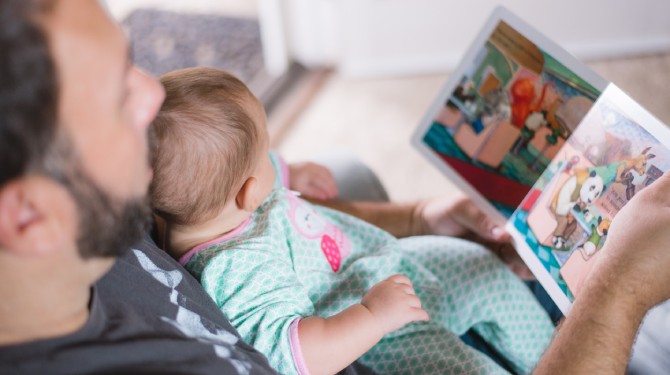
A Step-by-Step Guide to Writing a Children’s Book
Have you settled on the type of children’s book that you want to write? It’s now time to delve into a detailed guide on how to go about writing and publishing your new masterpiece.
Step 1: Choose Your Target Readers
As a children’s author, you are addressing young readers whose interests vary greatly depending on what age group they’re in. A six-year-old and a sixteen-year-old would definitely not pick up the same book. In fact, everything about your book will depend on who your target reader is: the content, structure, format, design—even the type of paper you will be using!
Step 2: Find Your Idea
With your reader in mind, think about whether your idea is marketable. The Ideas for writing a children’s book are limitless, but of course the more unique it is, the higher your chances of standing out. However, even if your idea has been explored many times before in other books, a fresh way of communicating it on the page will certainly make all the difference.
Step 3: Do Your Research—and Read!
Now that you know your target readers and have a golden idea locked down, it’s time to do some detective work. What other books in your category and genre are out there? How do they market themselves to children? How would your book stand out from the crowd?
By asking such questions, you’re conducting your own market research, thereby giving your book a higher chance of succeeding. When you’ve explored what’s out there, start reading! The more books you read in your category, the more confident you’ll be in the way you structure yours and deliver the right content.
Step 4: Create Your Main Character
When writing a story for children, one of the most important things to consider is who your main character is. You want to create a character that’s relatable but that’s also different enough from your readers to get them excited. Here are some questions to consider that will help bring your character to life:
- What is a unique physical feature they have?
- What are their strengths and weaknesses?
- What are five things they hate?
- What’s their favorite hobby?
- Why have you chosen them to lead your story?
Step 5: Choose Your Conflict
Every plot, no matter how simple, requires there to be some sort of conflict. It’s what drives the story forward and what moves your characters. Choosing a conflict for your children’s book depends on the kind of book you’re writing and who you’re writing it for.
For instance, the conflict in a picture book marketed for five-year-olds could be a cat getting stuck in a tree, whereas a conflict in a young adult novel could be a girl who constantly gets bullied at school.
Step 6: Dive Right into the Story
With most children’s books, especially those for the younger age groups, you don’t have a lot of space to work with. Texts tend to be concise, and chapters are brief. That’s why in a good children’s book, there is a sense of momentum: the story flows and readers are carried right into the main events.
This means you don’t have much time to provide a whole bunch of background information or too much descriptive text. You want to keep your readers interested, and you want to make sure that you’ll hold their attention from start to finish. So if you’re writing a picture book about a boy who loses (and hopefully then finds!) his dog, make sure he loses it from the very beginning.
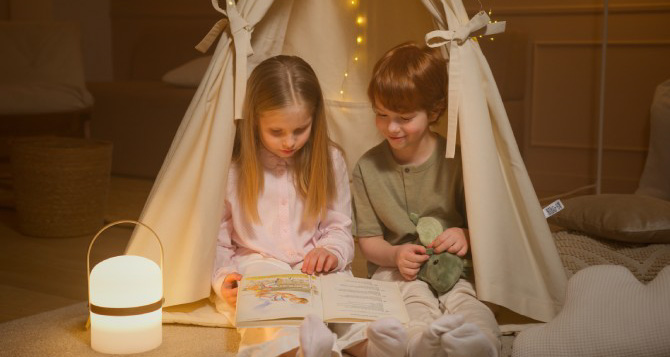
Step 7: Don’t Drag Out the Ending
The ending of a story usually happens after the resolution of the story’s conflict. Endings, especially in children’s books, normally shouldn’t be more than a couple of pages long. Why? Because your reader has already experienced all the excitement your book has to offer.
Imagine a story about a girl, May, and her cat. Here’s its basic plot structure:
Introduction: May loves her cat, Mr. Whiskerton, but he is very naughty.
Conflict: May loses Mr. Whiskerton, only to quickly find him stuck in a tree.
Climax: Mr. Whiskerton is clinging to a tree branch that’s about to crack!
Falling Action: May calls the fire brigade and they arrive to rescue Mr. Whiskerton.
Resolution: May takes Mr. Whiskerton home. He has learnt his lesson.
What a rollercoaster of events! But notice that after the fire brigade arrives and saves Mr. Whiskerton, there’s nothing more to hold your young reader’s attention. All that’s left to do is tie up the story neatly; for example, by dedicating a page to show May cuddling with her cat, happy and safe at last.
Step 8: Write a Draft, and then Rewrite it
Sometimes the scariest part about writing a book is that blank page that’s staring at you. But time and again, authors have described the perfect antidote for the problem: just start. It won’t be perfect the first time, but at least you’ll have something to work with.
So use steps 1 to 5 to build your confidence in the work you’re about to write and just put pen to paper (or fingers to keyboard!). Once you have a complete first draft, then you can start your self-editing. Trim the unnecessary details; change any vocabulary that might be either too advanced or too patronizing; adjust the tone of voice to suit your subject and target reader. Keep editing and editing until you’re satisfied.
Step 9: Choose Your Title
The title is your book’s ultimate marketing tool and the way your book will make a first impression not just on readers but on publishers as well. Imagine you’re pitching your work to an agent or publisher: “I’m writing a book about dragons who attend dance school,” you might say. Immediately, the response will be: “What’s it called?”
Titles are vital for children’s books because, along with the cover, they are your book’s first impression. Not only do they dictate what the cover will look like, but also if they’re catchy or weird or even downright silly, they’ll be a hit with kids!
For example, you can use alliteration (The Wind in the Willows; Horrible Histories), rhyme (The Cat in the Hat; It’s Time to Wake, Jake!), exaggeration (Alexander and the Terrible, Horrible, No Good, Very Bad Day)—or any other creative techniques you can think of.
So, if titles are that important, how come choosing them is Step 8? Well, the truth is, often you won’t have the perfect title until you’ve actually written the story. You might have an initial title and then realize it just doesn’t work now that you’ve actually arrived at the end of your book. So get the writing done first, and the right title will follow.
Step 10: Gather Your Beta Readers
An important step before publishing your manuscript is sending it out to beta readers. And since yours is a children’s book, you want to be specific about the type of readers you seek out. Of course, feedback from other children’s authors is great; however, the truly valuable input will come from parents and their children. After all, they are your book’s market, so who better to let you know what works and what doesn’t?
If you have children of your own, you’re in luck! Simply give them the manuscript and ask what they think (just like J. R. R. Tolkien did with his two sons when writing The Lord of the Rings trilogy). Or if you’re writing for a very young age group, test out your work by reading it aloud to them. For more detailed guidance on how to make the most out of your beta readers, check out this article on our blog.
Step 11: Hire a Professional Editor
So you’ve written and self-edited your book then implemented the feedback from your beta readers. Take a moment to congratulate yourself—you’re nearly there! Hiring a professional editor is the natural next step, especially if you’re new to writing children’s books.
But you’re not just looking for any editor; you need a professional children’s editor who specializes in books for your target age group and genre. Finally, if you’re not sure where to look for an editor, the Editorial Freelancers Association is a great place to get started.
Step 12: Get to Publishing
We have finally arrived at the last destination of the long but rewarding process of writing a children’s book: getting it published! You have two main routes to choose from:
- Self-publishing: If you’ve decided to self-publish your book, you might need to hire an illustrator, depending on the category your work falls under. If you’re not an illustrator yourself and you’re writing a picture book or an early reader, you will definitely need to hire an artist.
But don’t panic—unless your book heavily depends on illustrations, you won’t have to do so until your text is complete. Here’s a great article on how to go about hunting for the perfect illustrator for your book.
- Traditional publishing: If you’re going down the traditional publishing route, you probably won’t get to choose the illustrator you work with. Instead, most publishers will want to pair you with an illustrator of their choice. Later in this article, we provide you with a list of top children’s publishers.
You can read more about self-publishing vs traditional publishing on our blog.
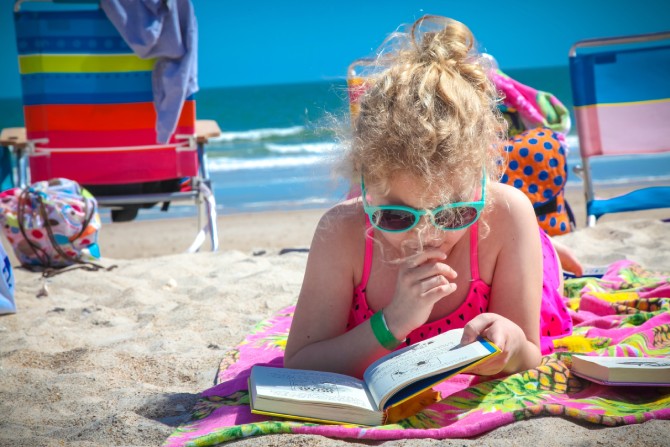
Dos and Don’ts When Writing Children’s Books: A Checklist
If you’ve made it this far, that means you now have all the necessary information to write a great children’s book—hooray! In this section, we’ve put together a checklist of five golden tips for children’s book authors, as well as a list of five mistakes to avoid. When writing your book, keep the first one handy and see how many items you can tick off before moving on to the list of Don’ts.
The Dos Checklist:
- Your book has the right tone of voice that demonstrates authorial confidence without “babying” the reader or patronizing them.
- Your book includes vocabulary that is suitable for your target readers. Remember, if it’s too easy, they’ll feel talked down to, and if it’s too difficult they won’t have the confidence or will to read on.
- Your book is of an appropriate length compared to other books in the same category.
- Your book has character(s) with flaws as well as strengths. This is a sign of great characterization. In doing so, you make your characters feel real (even if they’re wizards or half-elves). When your characters feel real, your readers will believe in them.
- Your book is entertaining for young readers but can entertain their parents, too. This is not a must, but it’s definitely a plus.
The Don’ts List:
- Don’t include too much text in picture books: your readers are at a more visual age, and the text mainly serves to complement the illustrations.
- Don’t model your book on other children’s books from your childhood. Although some books are classics that stand the test of time, it’s always better to get inspiration from current bestsellers.
- Don’t choose a cover simply because you like its aesthetic; a cover makes a book’s first impression, and they are extremely important, especially for young children. Choose a cover that helps tell your story.
- Don’t make your book sound preachy. If there’s anything kids have enough of, it’s instructions on how to behave. Even if your book aims to teach children something, make sure the message is subtle and not too direct.
- And finally, don’t go into children’s writing thinking it’s the easy way out because of shorter lengths and word counts. Writing books for children is an art and it takes talent and perseverance to get it right. After all, children can be the most honest of critics!
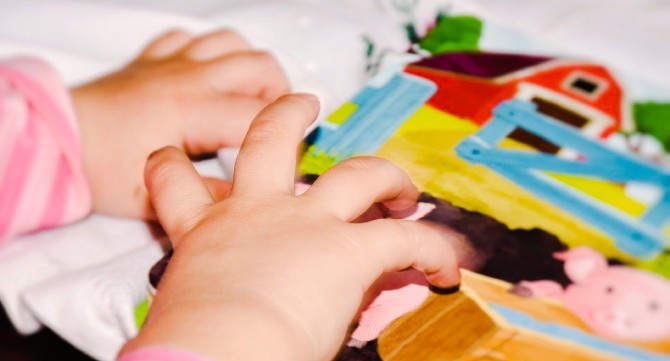
Where to Publish Your Children’s Book
There are many ways you can get your book published: self-publishing, hybrid publishing, or traditional publishing. If you decided, however, that you prefer to self-publish your book and gain full control over the creative process, then here is an article that will help you do just that: Best Free Digital Publishing Platforms for Aspiring Authors.
You can also learn how to use Kotobee Author to create some outstanding interactive books for children. As for those who are interested in getting published through a publishing house, here is a list of some of the wonderful children’s book publishing houses and presses we love:
Random House Children’s Books
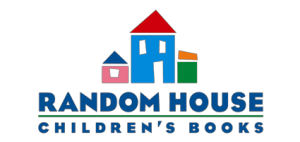
- Children Categories: Babies and toddlers, beginning readers, intermediate readers, and young adults.
- Examples of Bestsellers: Hattie Harmony: Worry Detective and Goodnight Racism
- Submissions: Manuscripts can only be submitted through literary agents.
Little, Brown Books for Young Readers
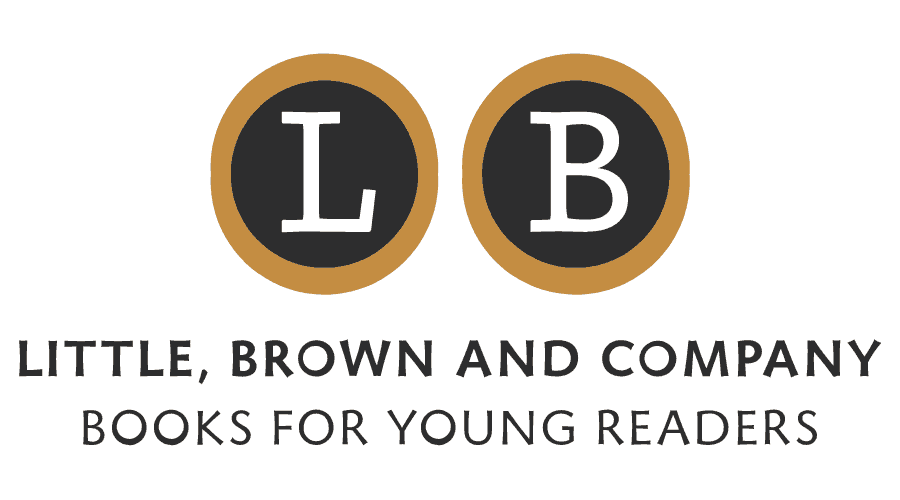
- Children Categories: Picture books, middle grade, young adult, and graphic novels.
- Examples of Bestsellers: Think Big, Little One and The Wild Robot
- Submissions: Manuscripts can only be submitted through literary agents.
HarperCollins Children’s Books

- Children Categories: Board books, picture books, early readers, middle-grade readers, and teen/young adults.
- Examples of Bestsellers: Stacey’s Extraordinary Words and Who Are Your People?
- Submissions: All manuscripts must be submitted through a literary agent, except when submitting to the children’s native-focused imprint Heartdrum.
Macmillan Children’s Book Publishing Group

- Children’s Categories: Baby and toddler, young readers, children’s classics, children’s poetry, and young adult.
- Examples of Bestsellers: The Gruffalo and Children of Blood and Bone
- Submissions: All manuscripts must be submitted through literary agents.
Flying Eye Books

- Children’s Categories: Picture books and children’s books for up to 14 years (including fiction and nonfiction).
- Examples of Bestsellers: Professor Astro Cat’s Frontiers of Space and I Ate Sunshine for Breakfast
- Submissions: Author submissions accepted for picture books and illustrated non-fiction books
Thames and Hudson

- Children’s Categories: Activity books, picture books. pop-up books, non-fiction children’s books.
- Examples of Bestsellers: Out to Sea and If I Had a Dinosaur
- Submissions: Authors can send their proposals.
Laurence King Publishing

- Children’s Categories: Picture books, activity books, and non-fiction books for young adults.
- Examples of Bestsellers: Little Guides to Great Lives: Anne Frank and A Book of Monkeys (and Other Primates)
- Submissions: Author can submit their work directly through email.
Firefly Press
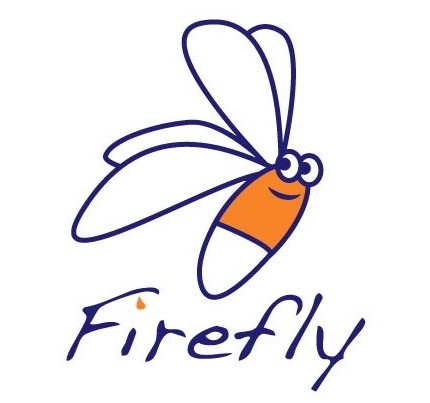
- Children’s Categories: Younger readers, middle grade, and young adults.
- Examples of Bestsellers: Crater Lake and Lori and Max
- Submissions: Author and illustrator submissions accepted (but only occasionally for works of fiction).
If you decided, however, that you prefer to self-publish your book and gain full control over the creative process, then here is an article that will help you do just that: Best Free Digital Publishing Platforms for Aspiring Authors.
Or you can find a middle ground and go with a hybrid publisher instead, who will assist you in the creative process while still giving you authority over your work.
And if you want to go the digital route and publish your ebook as an electronic book then you can use Kotobee Author to create some outstanding interactive ebooks for children.
Final Thoughts
It’s clear that writing a children’s book is A LOT of work. But oh sweet the joy of touching the lives of young readers! And now that you know the steps to follow, what’s to stop you from writing the next bestseller?
Just remember to always keep your target age group in mind, and to leave the adult doubts at the door. After all, children’s writing is where the magic of childhood comes alive.
.
Read More
Creating Outstanding Interactive Children’s Books: Best Practices, Tools, and Examples







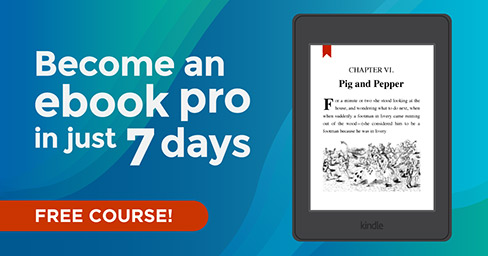
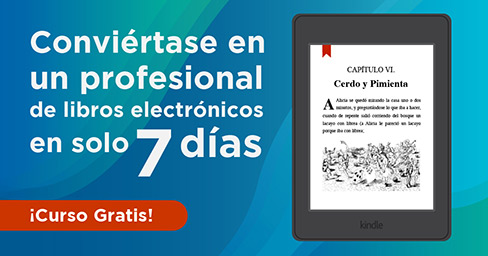



JoAnn
November 16, 2023Your emphasis on understanding your audience, crafting relatable characters, and maintaining a sense of wonder and simplicity is foundational advice. It’s evident that you’re not just sharing tips but also imparting a philosophy of storytelling that is rooted in a deep understanding of the world of young readers.
Kotobee
December 27, 2023Hi JoAnn!
Thank you so much for your thoughtful comment and kind words! We are glad you found the advice presented in this article useful. 🙂
Norma
June 5, 2024You have a true gift for sparking the imagination of young readers!
Kotobee
June 10, 2024Thanks a lot Norma for your kind words! 🙂